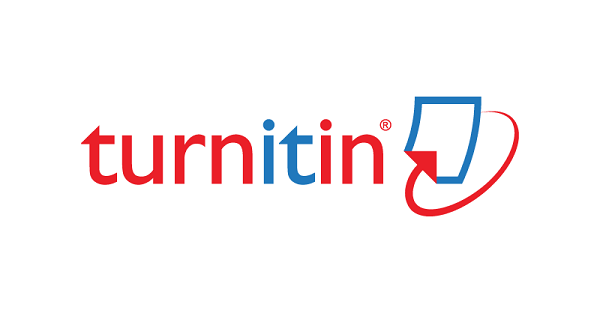Criminal Law Enforcement Against Dealers as Drug Abuse Perpetrators in Progressive Law
Abstract
Abstract. Law enforcement aims to create justice, certainty and benefits, in relation to drug abuse, law is one alternative solution to eradicate drug abuse, because the law contains a number of rules and provisions to ensure that the norms in the law are obeyed by the community. Drug abusers more often end up in prison than given the right to rehabilitation. The dimensions of health and recovery, both physical and psychological, through rehabilitation are less considered and tend to be sidelined. The imposition of sanctions for users should be more oriented towards the aspect of rehabilitation punishment rather than prison sentences, because this is to emphasize and clarify the sanctions between drug dealers and abusers. The approach method used is normative juridical, namely a library legal research conducted by examining library materials or secondary data only using deductive thinking methods. The writing specifications use descriptive analysis, the sources and types of data used are secondary data. The data collection method is by collecting data using secondary data collection methods. The problems are analyzed with the theory of law enforcement and the theory of legal effectiveness. For drug addicts or dealers as a substitute for imprisonment sanctions adopted from the double track system model, which is a two-track system regarding sanctions in criminal penalties, namely the type of criminal sanctions and the type of action sanctions. The guarantee of legal protection provided for drug addicts is regulated through Law No. 35 of 2009 concerning Narcotics by providing rehabilitation, both medical and social rehabilitation as stated in Article 54 of the narcotics law, namely that "drug addicts and drug abuse addicts are required to undergo medical rehabilitation and social rehabilitation. The effectiveness of law enforcement against dealers as perpetrators of drug abuse is still inconsistent with the government's implementation of the Law. So this provides a legal problem in dealing with this problem, in this case there needs to be a reconvention in the Law that can be implemented according to the circumstances that occur and does not change it at any time making this less effective
Keywords
Full Text:
PDFReferences
Books:
Esmi Warasih, 2005, Legal Institutions: A Sociological Study, Semarang, PT.Suryandaru Utama.
Hawari, D. 2002. Abuse & Addiction of NAZA, Jakarta: FKUI.
Lydia Harlina Martono & Satya Joewana, 2006, Helping Drug Addicts and Their Families Recover, Jakarta, Balai Pustaka.
Mahmud Mulyadi, 2011, Criminal Law Politics, Faculty of Law, University of North Sumatra, North Sumatra.
Mustafa, Muhammad, 2007, Criminology: Sociological Studies on Criminality, Deviant Behavior, and Law Offenders, FISIP UI Press.
Satjipto Rahardjo, 2002, The Problem of Law Enforcement: A Sociological Review, Sinar Baru, Bandung.
Journals:
ApriliantinPutriPamungkas, 2017 “The Role of ASEANAPOL in Eradicating Drug Trafficking in Indonesia”, Journal of International Relations, Volume 3, Number 2.
Asmin Fransiska, “Arbitrariness of Law Enforcers and the Stagnation of Drug Policy Reform in Indonesia (Lessons from the Case of Sidiq Yudhi Arianto), Journal of Court Decision Studies (Dictum), Edition 1 October 2012, ISSN: 1412 – 7059).
Janpatar Simamora, 2014, Interpretation of the Meaning of the Legal State in the Perspective of the 1945 Constitution of the Republic of Indonesia, Journal of Legal Dynamics, Vol. 14 No. 3.
M Syamsudin, “Procedural and Substantive Justice, Procedural and Substantive Justice” 7, No. 48 (2014)
Moises Na'im, The Fourth Annual Grotius Lecture: Five Wars of Globalization, American University of International Law Review, Volume 18, 2002
DOI: https://dx.doi.org/10.30659/jhku.v20i1.43982
Refbacks
- There are currently no refbacks.

This work is licensed under a Creative Commons Attribution 4.0 International License.
Jurnal Hukum Khairu Ummah Indexed by :
 | Jurnal Hukum Khaira Ummah | |
| Faculty of Law, Unissula | Copyright of Jurnal Hukum Khaira Ummah | |
| Jalan Kaligawe Raya KM.4, Terboyo Kulon, Genuk, | ISSN ( 1907-3119 ) e-ISSN ( 2988-3334 ) | |
| Semarang, Central Java, Indonesia, 50112 |





